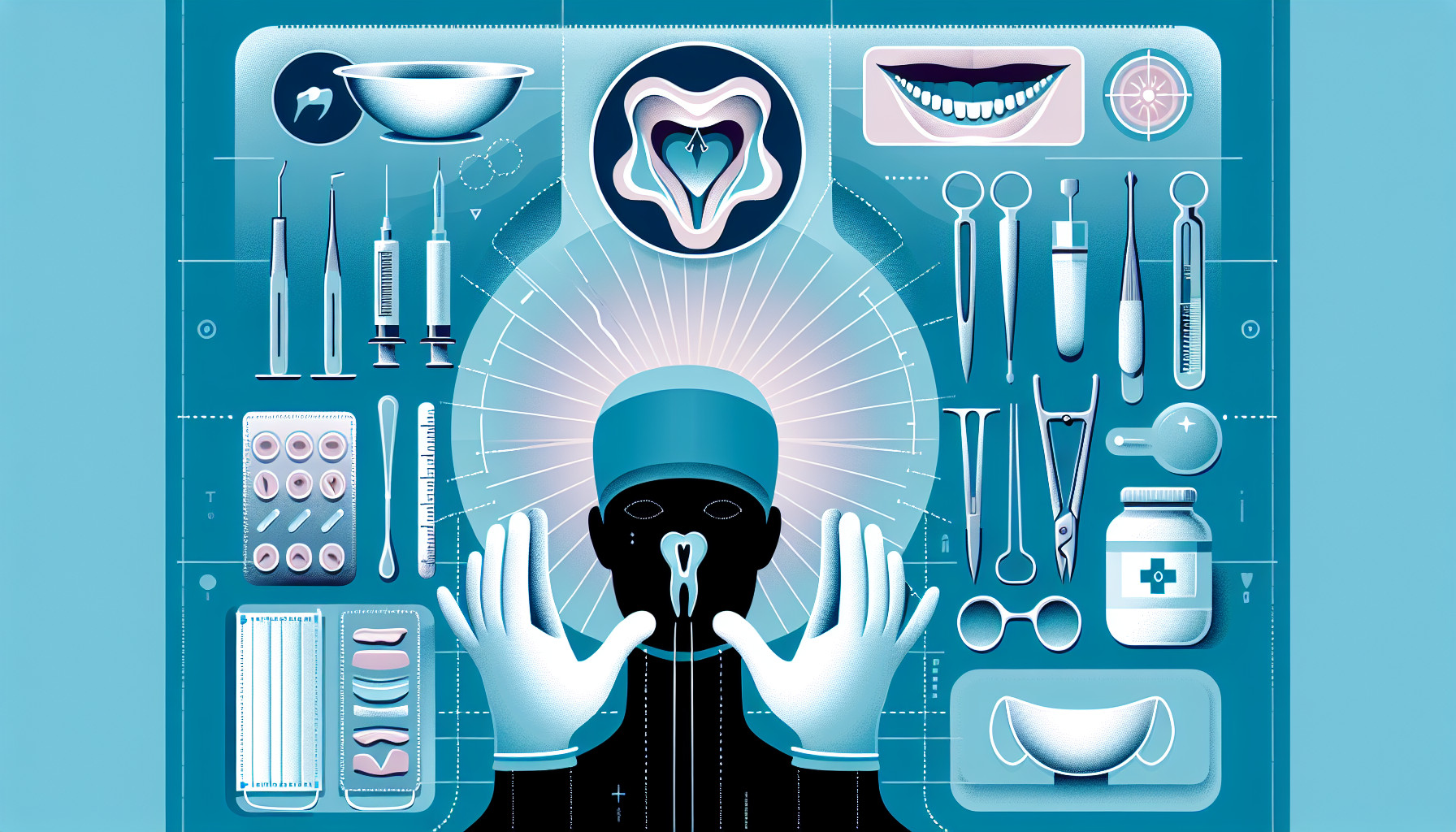Our Summary
This research paper discusses the importance of dentists having a thorough understanding of the maxillary sinus, which is the largest out of the four sinuses in our face. It is located near the upper jaw area, and often causes issues not only related to sinus conditions but also in diagnosing them accurately. The paper emphasizes that symptoms of sinusitis (sinus infection) and a dental abscess (a pus-filled pocket in the teeth) in the upper jaw area can be very similar, making it difficult to distinguish between the two. Therefore, for accurate diagnosis and treatment, dentists need to have a comprehensive knowledge about the maxillary sinus.
FAQs
- What is the maxillary sinus and why is it significant in dentistry?
- How can problems in the maxillary sinus affect dental health and diagnosis?
- Why is it difficult to distinguish between symptoms of sinusitis and a dental abscess in the posterior maxilla?
Doctor’s Tip
One helpful tip a doctor might give a patient about oral surgery is to follow all pre-operative and post-operative instructions carefully. This can help prevent complications and promote successful healing. Additionally, it is important to communicate any concerns or questions with the oral surgeon to ensure a smooth and successful surgery.
Suitable For
Patients who may be recommended for oral surgery include those with impacted teeth, severe dental infections, cysts or tumors in the jaw, temporomandibular joint (TMJ) disorders, facial trauma, and other conditions affecting the oral and maxillofacial region. Additionally, patients who require tooth extraction, bone grafting, dental implants, or corrective jaw surgery may also be referred for oral surgery. It is important for patients to consult with a qualified oral surgeon to determine the most appropriate treatment plan for their specific needs.
Timeline
Before oral surgery:
- Patient consults with a dentist or oral surgeon to discuss the need for oral surgery and potential treatment options
- Patient undergoes a thorough examination, which may include X-rays or other imaging tests to assess the condition of the affected area
- Patient may be prescribed medication or given instructions for pre-operative care, such as fasting before the procedure
- Patient may receive anesthesia or sedation to ensure comfort during the surgery
After oral surgery:
- Patient may experience pain, swelling, and discomfort in the affected area, which can be managed with medication prescribed by the dentist or oral surgeon
- Patient may be advised to follow a soft diet and avoid certain foods or activities that could disrupt the healing process
- Patient may need to attend follow-up appointments to monitor healing and remove any stitches or sutures
- Patient may be instructed on proper oral hygiene practices to prevent infection and promote healing
- Patient may experience temporary changes in sensation or function in the affected area, which should improve over time with proper care and healing.
What to Ask Your Doctor
- What specific oral surgery procedure are you recommending and why is it necessary?
- What are the potential risks and complications associated with this oral surgery procedure?
- How long will the recovery process take and what can I expect in terms of pain and discomfort?
- Will I need to make any changes to my diet or lifestyle before or after the surgery?
- What type of anesthesia will be used during the oral surgery and what are the potential side effects?
- How many times have you performed this type of oral surgery procedure and what is your success rate?
- Are there any alternative treatment options available for my condition?
- Will I need to follow up with you after the surgery and if so, how often?
- How can I best prepare for the oral surgery procedure to ensure a successful outcome?
- What should I do if I experience any unexpected symptoms or complications after the surgery?
Reference
Authors: Renton T, Durham J, Hill CM. Journal: Br Dent J. 2017 Oct 13;223(7):483-493. doi: 10.1038/sj.bdj.2017.858. PMID: 29026224
